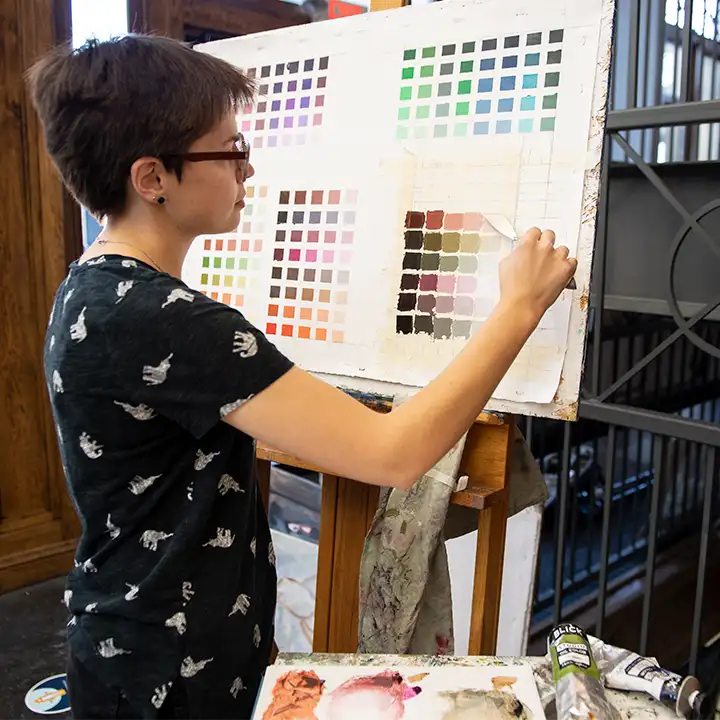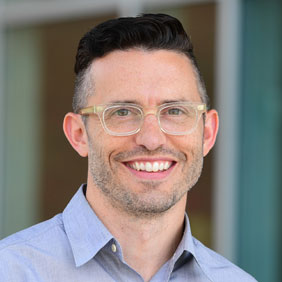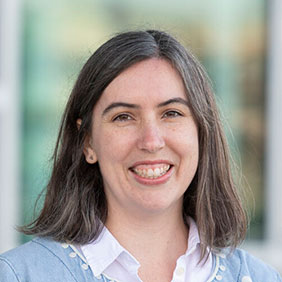About the BA in Studio Arts Degree
Why Study Studio Art at Cedarville?
Cedarville's Bachelor of Arts in studio art program will inspire and build upon your creativity while providing a solid foundation in traditional studio disciplines like drawing, painting, printmaking, sculpture, and ceramics. In this vibrant community of artists and thinkers, you'll expand your skills and explore your artistic voice within the framework of a rich liberal arts education. When you graduate, you'll be ready to use your God-given talents and passion for the arts to become an artist who not only honors God through your work but is also highly skilled, relevant, and well-prepared for a career in studio art.
If you love art and want to hone your creativity and skills without making studio art your major, then Cedarville's studio art minor is the perfect solution! You can pair this minor with any major to build a foundational skill set in studio art while pursuing the program of your choice.
Request Info VisitStudio Art Program Highlights
-
Biblical Worldview
The Bible is the authority for research and study in every class you'll take. -
Mentoring Christian Faculty
You'll be taught by highly-credentialed professors who want you to succeed. -
Exceptional Facilities
You'll learn and practice your discipline in state-of-the-art facilities.
Program Overview
Program Format and Related Programs
Cedarville offers graduate and undergraduate programs with flexible completion options. You may also want to consider these related programs as you choose the degree or program that is the best fit for you.
Related Programs
Program Level and Format
- Undergraduate
- Residential
- 4-Year

Program Faculty



Program News
-

From Basement Murals to Mermaid Worlds: Alumna’s Artistic Journey Makes Waves
What began as a second-grade rainforest mural on the walls of her family’s basement has blossomed into a thriving creative career for Aria Joy Prichard. -

Man’s Best Friend
Even at a young age, Jim Mellick was artistically gifted. His Middle School teachers would often ask him to complete drawings to help illustrates lessons during school.


















